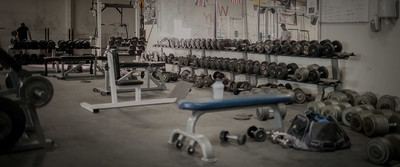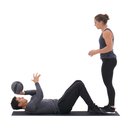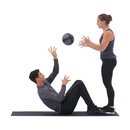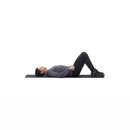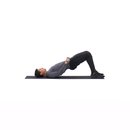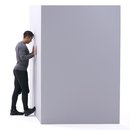For serious lifters, rest days can be the absolute worst. Rather than enjoying the day off, we spend the free hours in torture, just imagining what we could do if we could get our hands on some weight. When that mindset takes over, rest days go out the window. We're in the gym hour after hour, day after day in order to feed our inner iron demon.
As epic and alpha as this mindset is, it doesn't exactly make gains any easier to come by. In fact, going balls-out every single day can be severely detrimental. A lack of proper recovery and conditioning can lead to plateaus. Packing heavy weight on a dysfunctional movement can (and probably will) lead to injury. Your iron addiction can also affect your friends and family: Who wants to spend time with someone who is constantly stressed out about getting back into the gym?
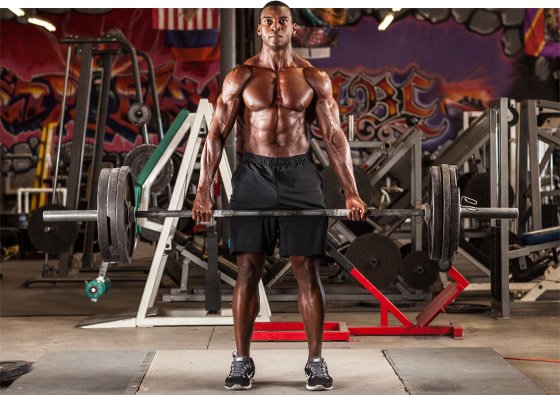
Your iron addiction can also affect your friends and family: Who wants to spend time with someone who constantly stresses out about getting back into the gym?
So what's a meathead to do when the will to lift is all-consuming? The best medicine I like to prescribe is sessions of what I call "Triple C: Crush Correctives and Conditioning." Triple C is a method you can implement on your rest days to promote recovery, correct joint imbalances and dysfunction, increase aerobic capacity, and still feel like you're getting work done. It's the perfect off-day treat.
Triple C: The Why
As much as it might pain you to hear this, I'm going to tell you anyway: Your body needs more than just heavy weights to build muscle. Your body also needs more than barbells and dumbbells to be healthy and function optimally. Unless you're taking a day or two off from lifting, your body probably isn't working as well as it could be.
That's why the strength and conditioning world places a lot of emphasis on recovery, corrective exercises, and proper conditioning. And that's why I think you should take the time to work on all three concepts during your off days.
Recovery

As the saying goes, "It is not how hard you train, but how well you recover." I agree completely. If you don't recover well, you won't experience the strength, power, or endurance adaptations you're in the gym for. Without adequate recovery, your musculoskeletal system, nervous system, and immune system become compromised, which puts you at a greater risk for injury, illness, weak lifts, and, frankly, a piss-poor attitude. Your body's hormonal response to the deterioration of these systems is often a state of sympathetic arousal—your "fight or flight" response—which floods your body with high levels of catabolic hormones like cortisol. None of these things are good for growth.
In allowing and promoting recovery, you will experience specific adaptation to imposed demands, which is called the SAID principle. As the body compensates for the stresses of training, it will adapt by growing stronger, gaining power, and increasing its work capacity. Without recovery time, though, your body won't adapt and you'll be left smashing your head against the wall in frustration.
That's why I think it's hyper important to take a break from lifting at least twice per week. You can still get into the gym—I'll show you what those off days should look like—but you need to allow your body to recover from the stress of moving heavy weight.
Corrective Exercise
One of the things we'll be working on during our recovery days is corrective exercise. This is important because most of us start working out, training, or bodybuilding without a thought about our joint dysfunctions or imbalances. We hit the iron hard and heavy, unconscious of how our body's immobility may negatively affect our lifts and our health. What makes matters worse is what experts like Gray Cook, Brett Jones, and others have made careers out of correcting: performance built on top of dysfunction will inevitably result in injury and plateaus.
Like most concepts concerning training and performance enhancement, corrective exercise often becomes more complicated than it should be. Yes, we need to identify our dysfunctions and address them: If you've been doing squats without ever addressing your tight Achilles tendon, tight hips, and locked thoracic spine, you're probably wondering why your knees hurt so bad and why you can't get past 225. But, you don't need to have a degree in biomechanics to perform corrective exercises.
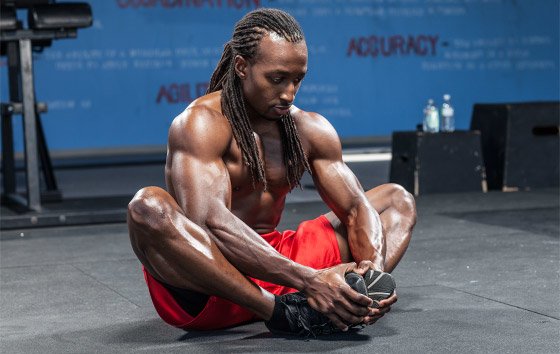
For most people, correcting dysfunction can be done by pre- and post-workout dynamic stretching, light bar work, and foam rolling.
For most people, correcting dysfunction can be done by pre- and post-workout dynamic stretching, light bar work, and foam rolling. For example, instead of starting your squat day with a quad stretch or two, mobilize your hips. Or, if you're sitting in front of the television or have some extra time to kill, try one of Kelly Starett's daily mobility workouts.
Your muscles must work in proper synergistic fashion to obtain, maintain, and enhance performance. If you have a hitch (or five) in your giddy-up, there's no way you'll be able to do clean movements. Improper movements done over and over with escalating weight only lead to disaster. Corrective exercise can absolutely change the way your body performs and adapts to your workout program.
Conditioning
Along with corrective exercise, we'll also be working on our conditioning. I know, I know: You're no conditioning newb. You've been doing high-intensity interval training like a champ.
While interval training has a ton of research backing its efficacy, it's not the best choice for a recovery day because it places such a high demand on the body. Moreover, interval training is actually more effective when the person doing it has already acquired an aerobic conditioning base.

Your ability level in all exercise will increase with improved conditioning.
Instead of hitting HIIT every day, we'll dedicate a day or two to acquiring and utilizing aerobic conditioning. So, we'll be spending more time on the treadmill, but the work will be much less intense. The steady-state conditioning protocol will help you build a solid base for conditioning so your body can recover faster and you can focus longer.
Triple C: The What And The How
The way we're going to work on our conditioning and correctives is by using our off days to perform a circuit. This circuit will be built on one intense, compound movement interspersed with a lower-level corrective.
I have found the best exercises to use for the compound movements are variations of strongman lifts like carries, sled pushes and pulls, battling ropes, etc. These movements require the body to work as a total unit, but do not demand a high eccentric load. This spares your musculoskeletal system while promoting blood flow and nutrient transport.
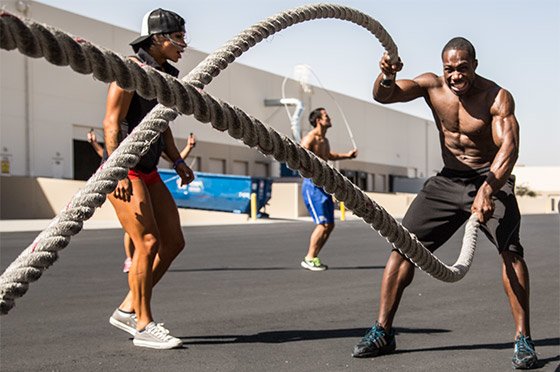
The best exercises to use for the compound movements are variations of strongman lifts like carries, sled pushes and pulls, battling ropes, etc.
I've chosen corrective exercises that should help address a few common movement dysfunctions typically seen in an athletic/active population.
Here's a basic template:
Choose one compound movement and perform that movement for a set amount of time, like 60-90 seconds. You'll follow that compound movement with a corrective exercise for a set number of repetitions. You will repeat these two movements for a set duration like 20-30 minutes, or a set number of rounds (3-5).
Don't smoke yourself out too early by trying to move as quickly as you can. Try to maintain the same pace throughout the workout. The goal for these sessions is to work toward aerobic capacity. Believe me, after 20-30 minutes you are going to feel finished.
Implement these Triple C workouts into your split 1-2 times per week.
Triple C Workouts
Correct Your Core
Without proper core function, all else is compromised because the pelvis becomes misaligned and the spine deviates from neutral. Here are some good ways to make your core more stable.

BodyFit
$6.99/month- 2,500+ expert-created single workouts
- 3,500+ how-to exercise videos
- Detailed workout instruction
- Step-by-step workout tips
- Training at gym or at home
- Access to Workout Plans
- Access to Bodyfit App
- Store Discounts
Already have a Bodybuilding.com account with BodyFit? Sign In

What comes with BodyFit?

- Instructional Videos
Don't risk doing a workout improperly! Avoid injury and keep your form in check with in-depth instructional videos.

- How-to Images
View our enormous library of workout photos and see exactly how each exercise should be done before you give it a shot.

- Step-by-Step Instructions
Quickly read through our step-by-step directions to ensure you're doing each workout correctly the first time, every time.
Get Your Glutes
Without the glutes working properly, hip function and stability is all out of whack. When your hips are off-kilter, your body will compensate by moving in whatever pattern is easiest, which is usually incorrect. These incorrect patterns often cause low back pain, a strained hamstring or groin, and less force production to the ground. Here's how to strengthen those weaknesses.
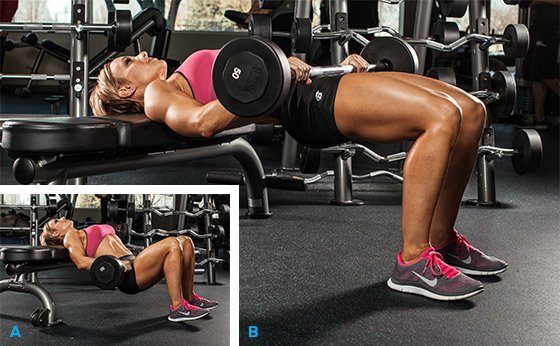
Glute Bridge

BodyFit
$6.99/month- 2,500+ expert-created single workouts
- 3,500+ how-to exercise videos
- Detailed workout instruction
- Step-by-step workout tips
- Training at gym or at home
- Access to Workout Plans
- Access to Bodyfit App
- Store Discounts
Already have a Bodybuilding.com account with BodyFit? Sign In

What comes with BodyFit?

- Instructional Videos
Don't risk doing a workout improperly! Avoid injury and keep your form in check with in-depth instructional videos.

- How-to Images
View our enormous library of workout photos and see exactly how each exercise should be done before you give it a shot.

- Step-by-Step Instructions
Quickly read through our step-by-step directions to ensure you're doing each workout correctly the first time, every time.
Save Your Shoulders
Many athletes and active individuals have "long neck syndrome" because the shoulder girdle is depressed and downwardly rotated. This dropped position affects proper movement of the scapula and glenohumeral (shoulder) joint, placing irregular stresses on the shoulder and elbow. This usually causes instability, impingement, rotator cuff weakness or tears, labral issues, and elbow pain. The following is designed to help achieve proper positioning and movement patterns of shoulder girdle and joint.
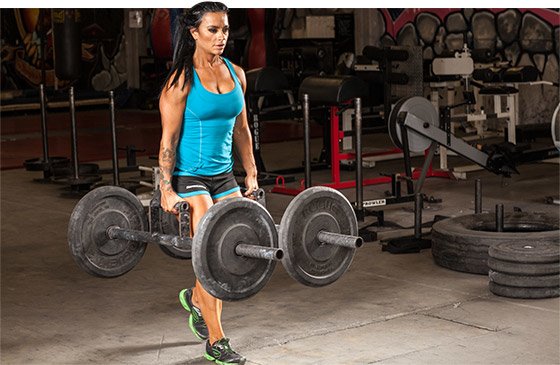
Farmer's Walk

BodyFit
$6.99/month- 2,500+ expert-created single workouts
- 3,500+ how-to exercise videos
- Detailed workout instruction
- Step-by-step workout tips
- Training at gym or at home
- Access to Workout Plans
- Access to Bodyfit App
- Store Discounts
Already have a Bodybuilding.com account with BodyFit? Sign In

What comes with BodyFit?

- Instructional Videos
Don't risk doing a workout improperly! Avoid injury and keep your form in check with in-depth instructional videos.

- How-to Images
View our enormous library of workout photos and see exactly how each exercise should be done before you give it a shot.

- Step-by-Step Instructions
Quickly read through our step-by-step directions to ensure you're doing each workout correctly the first time, every time.


